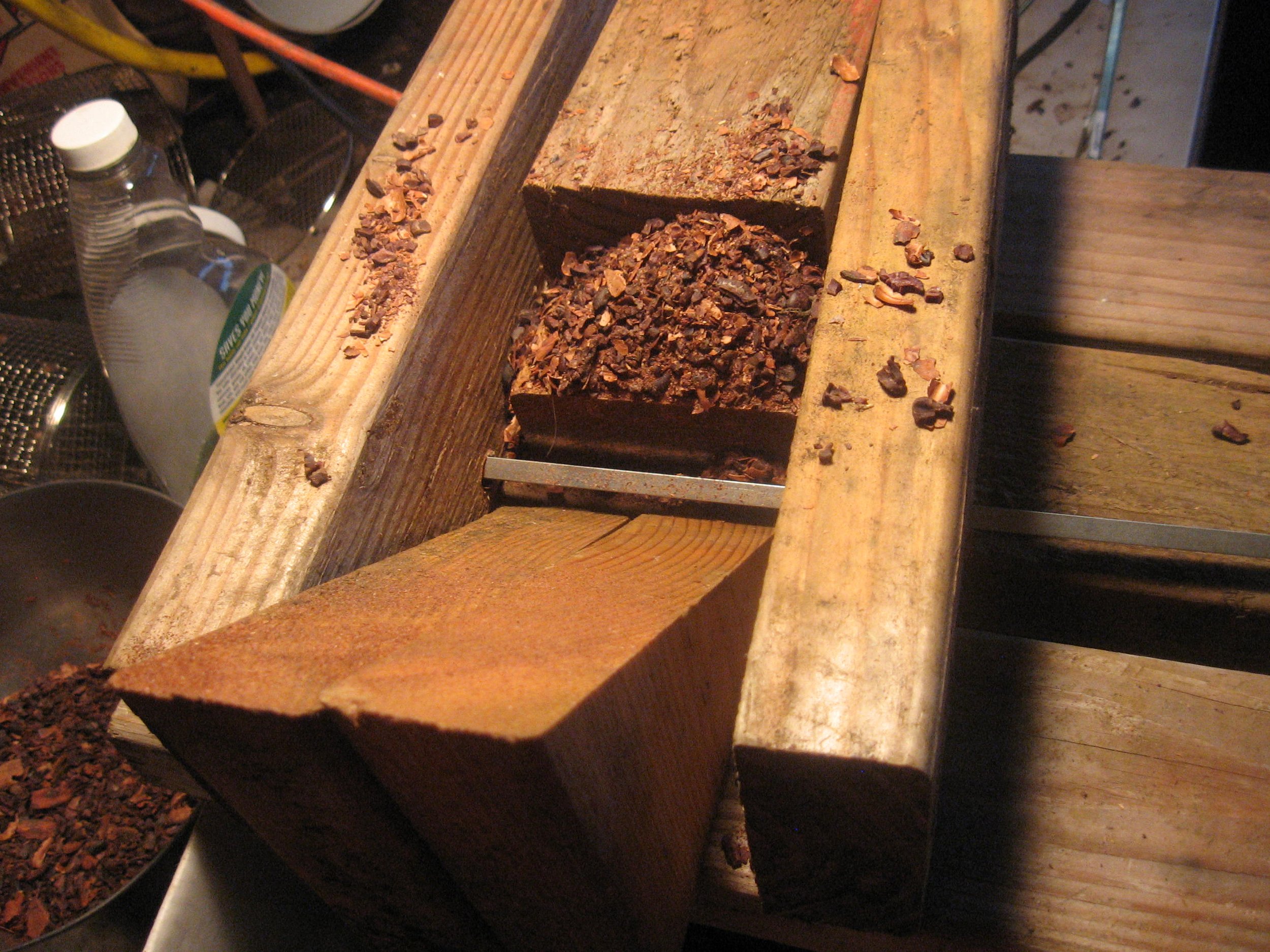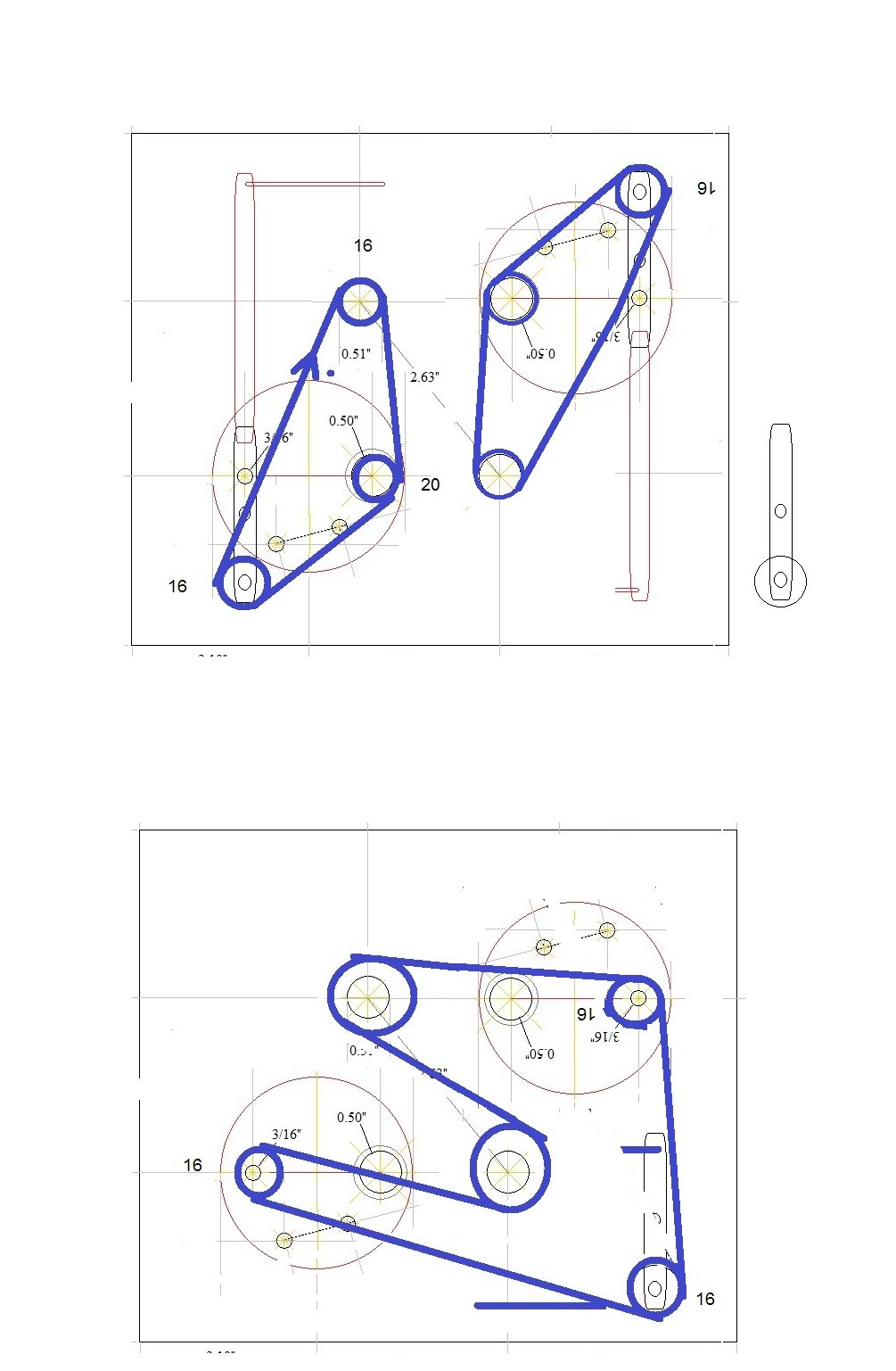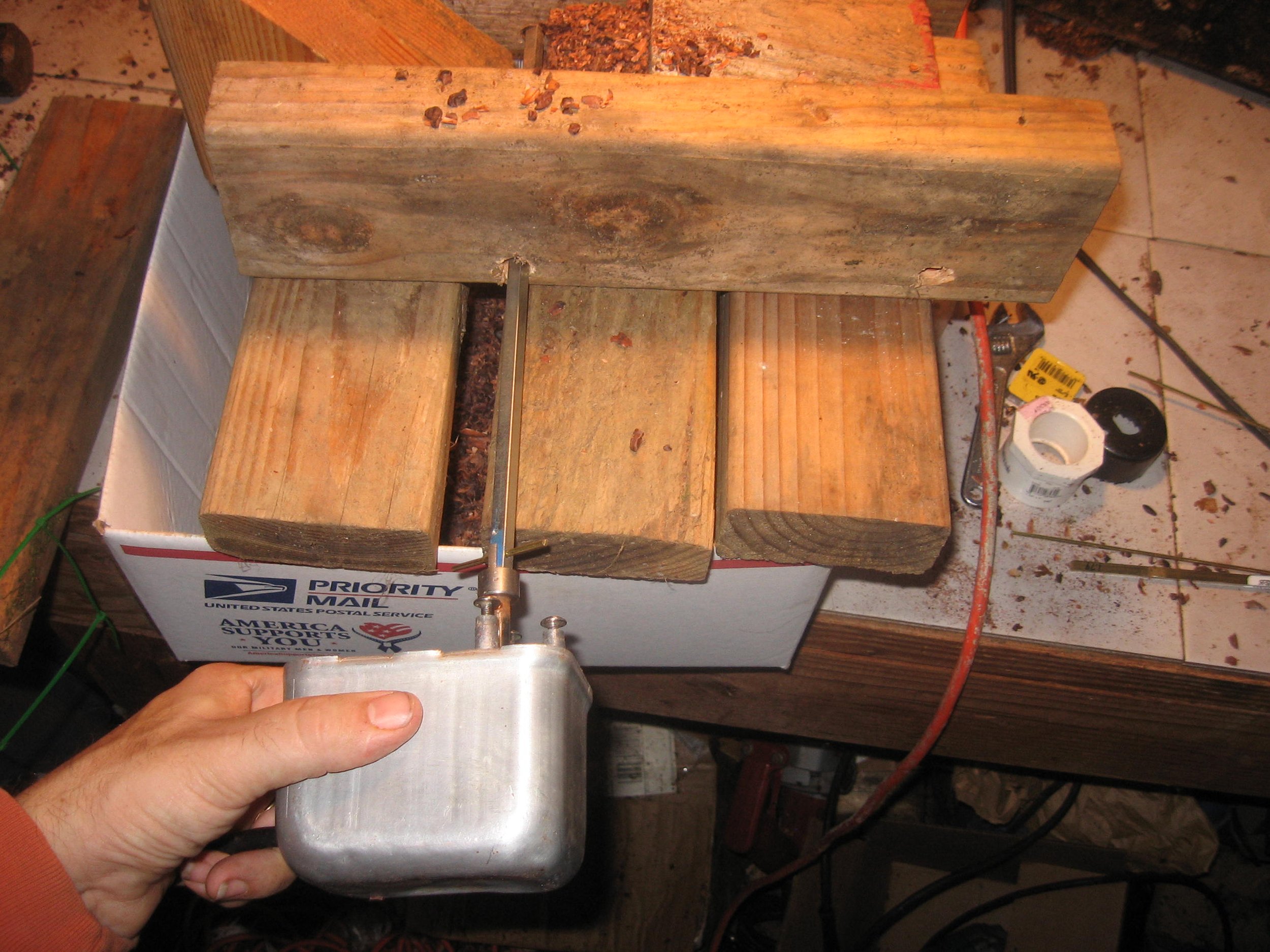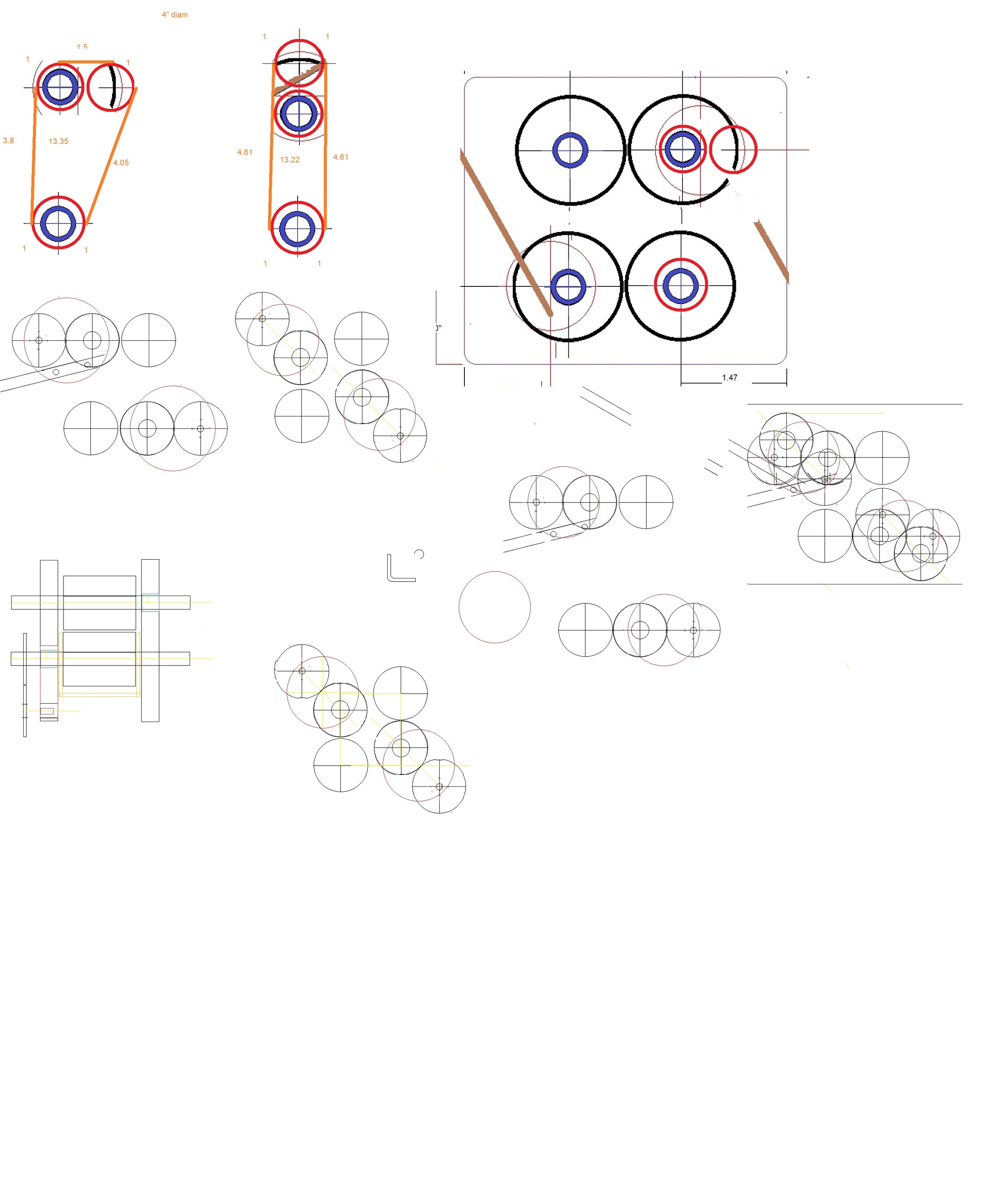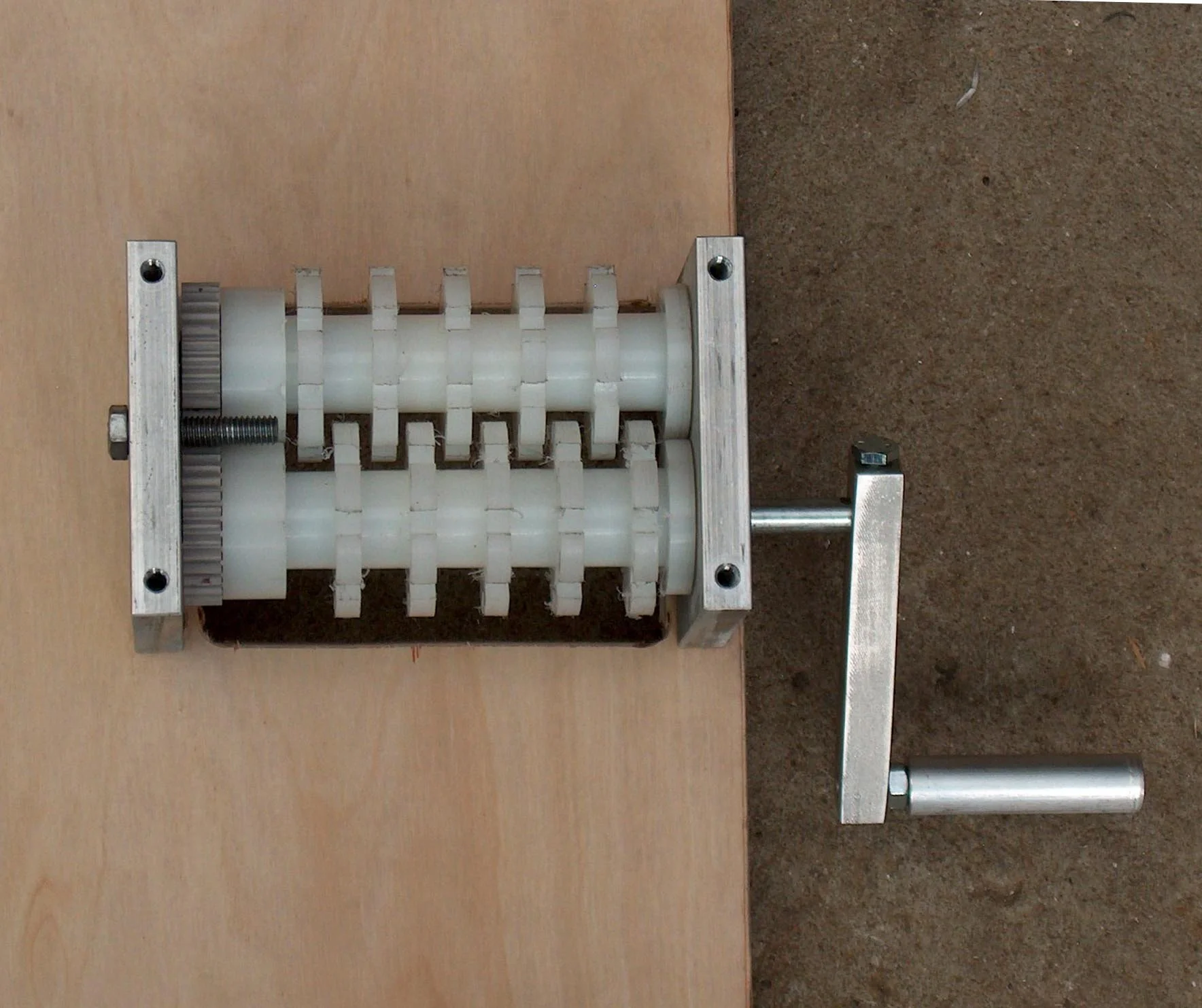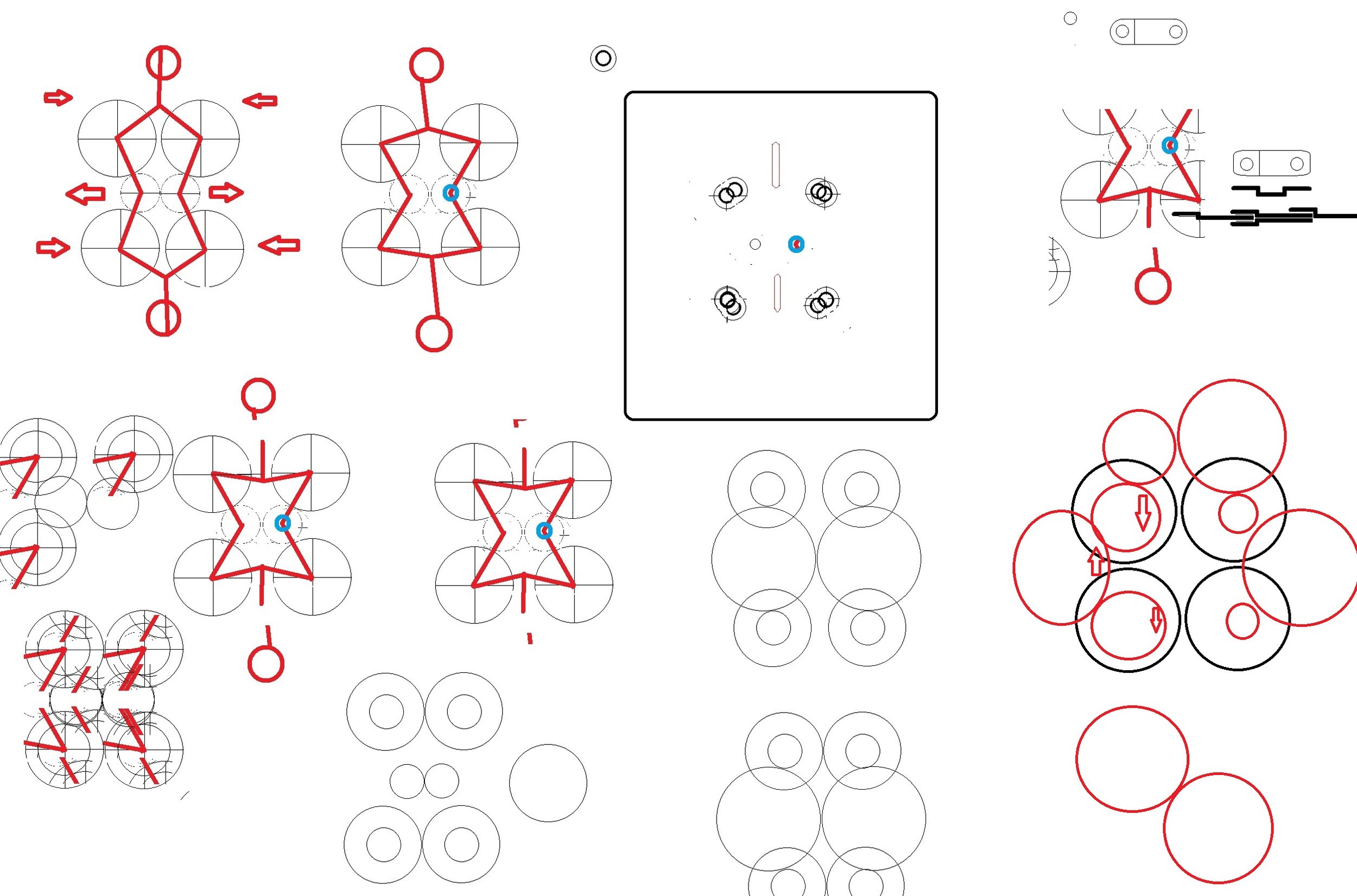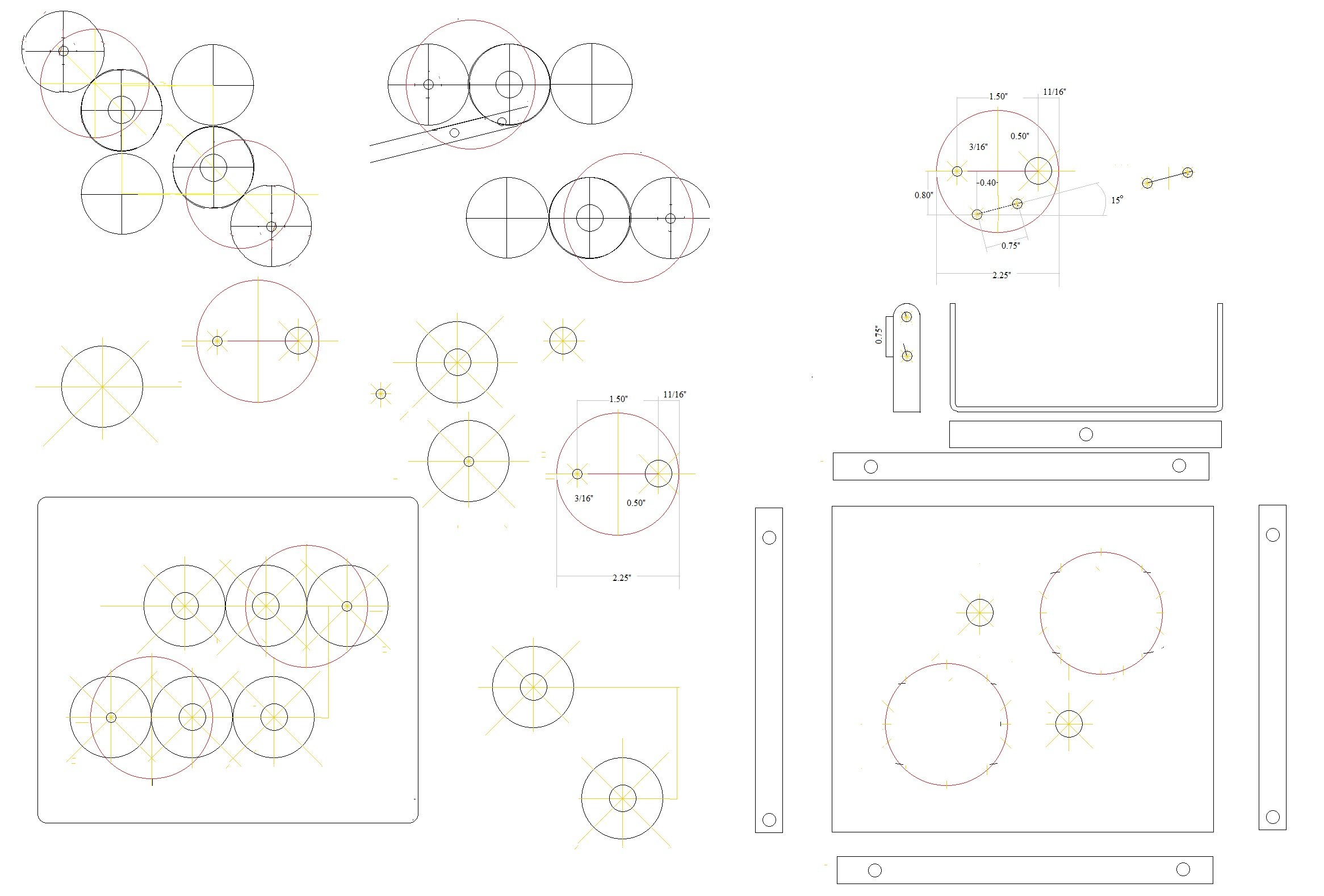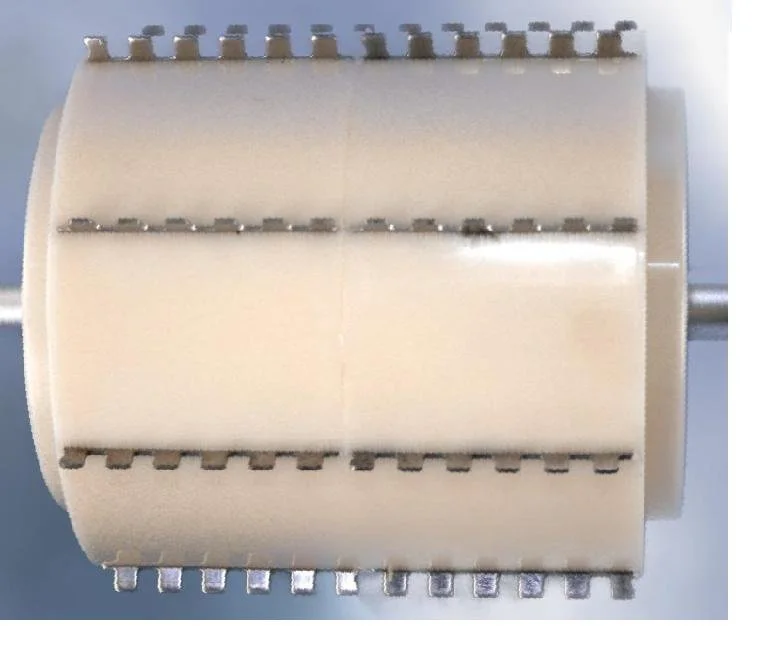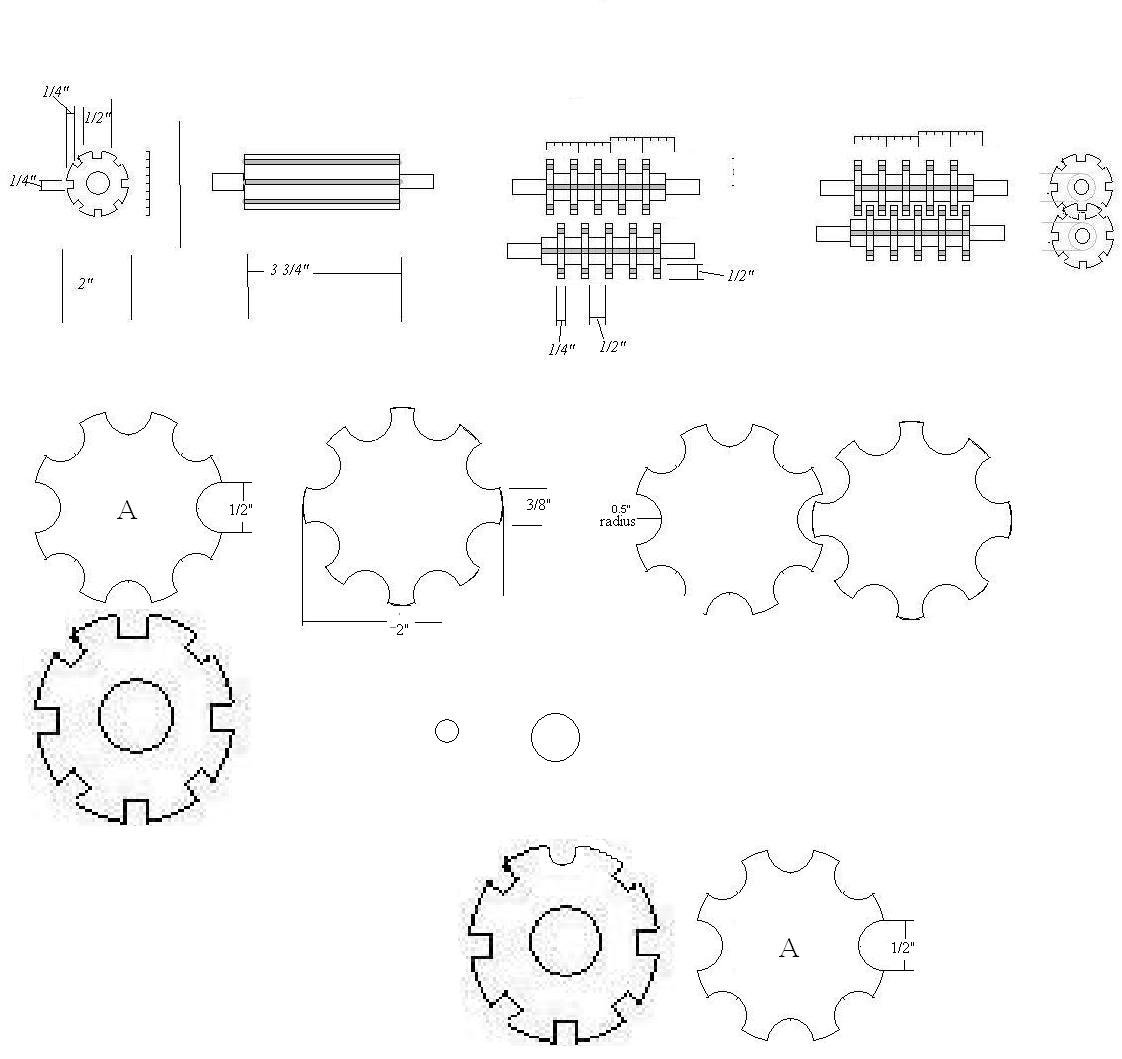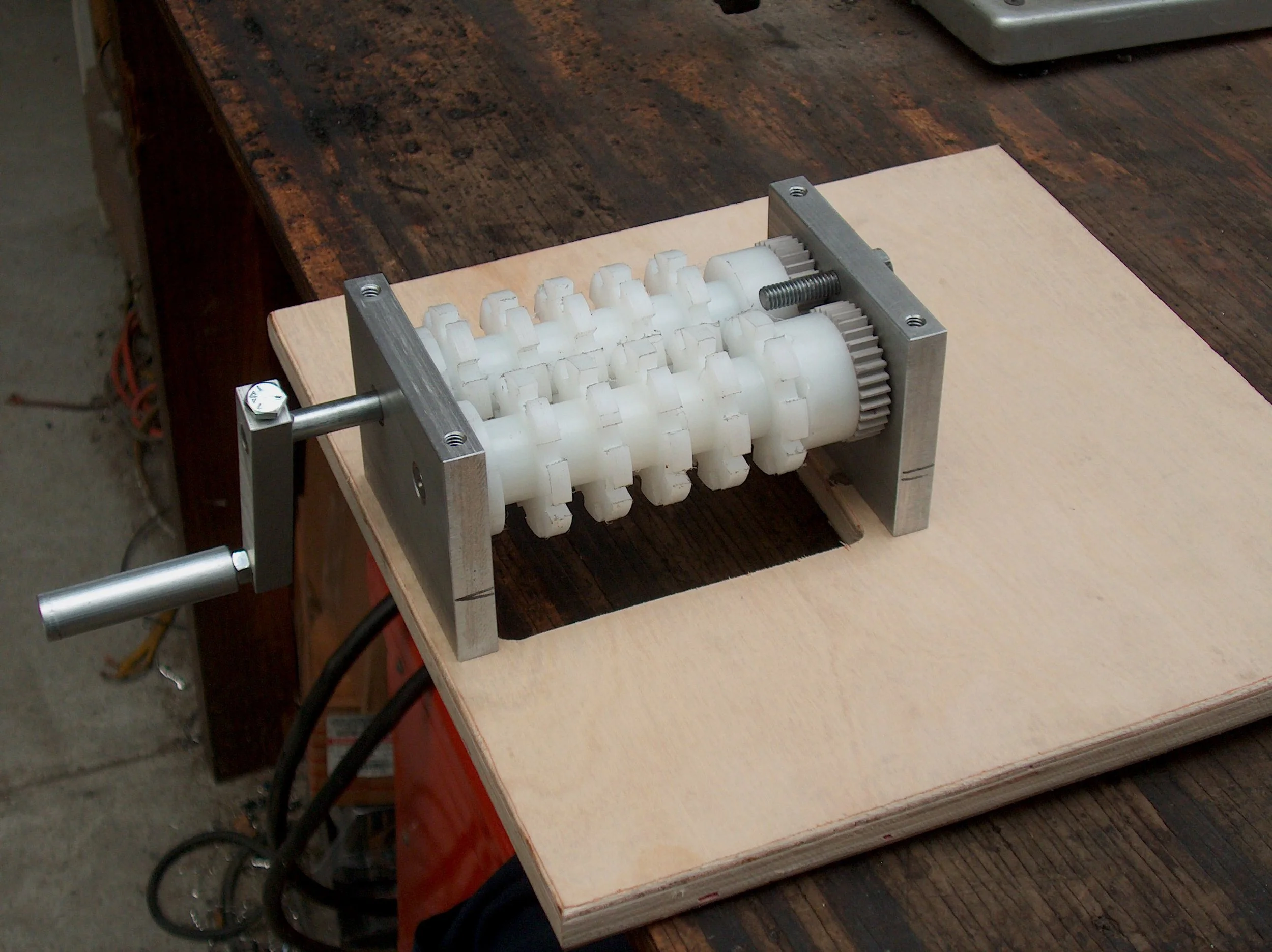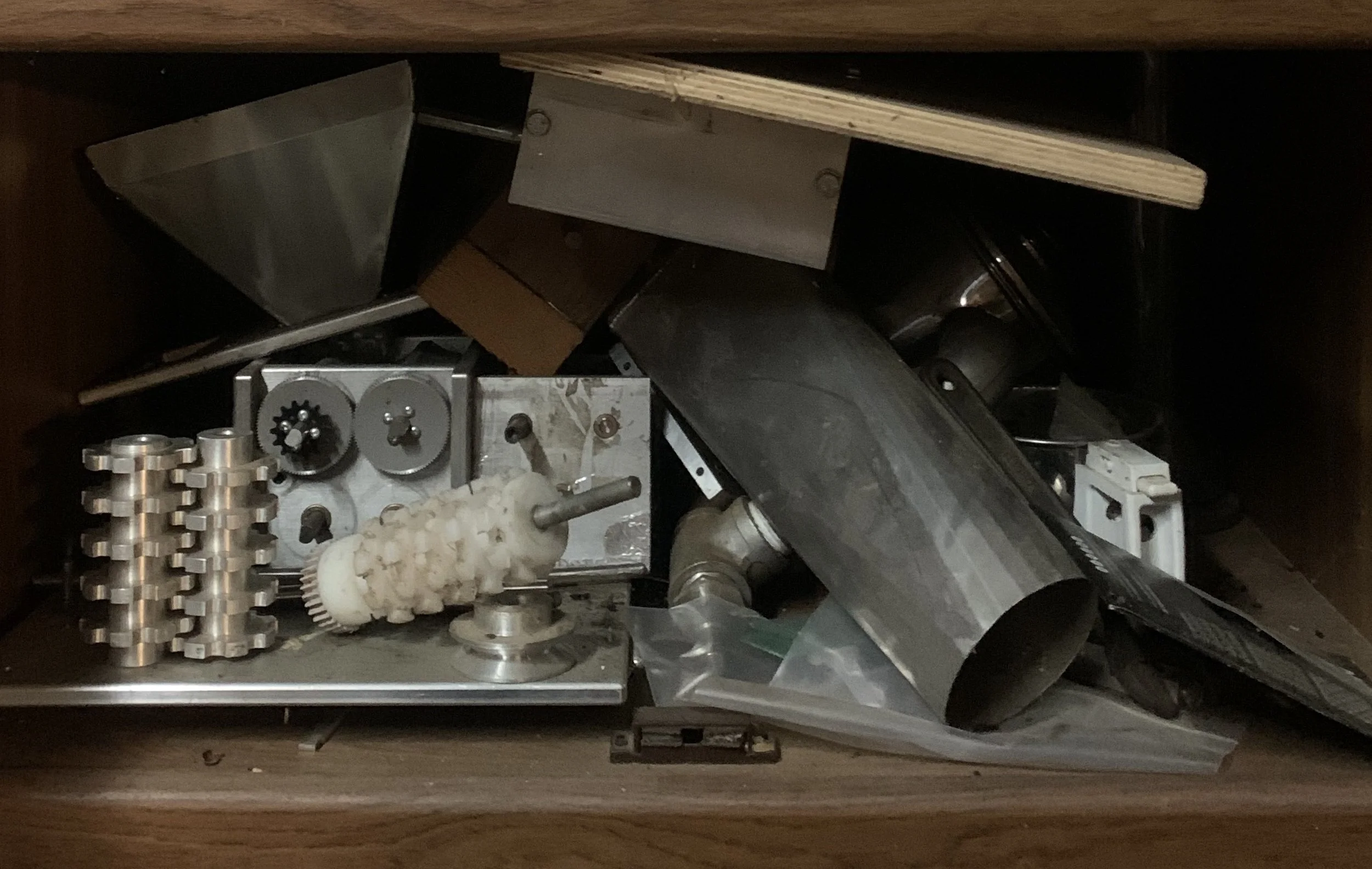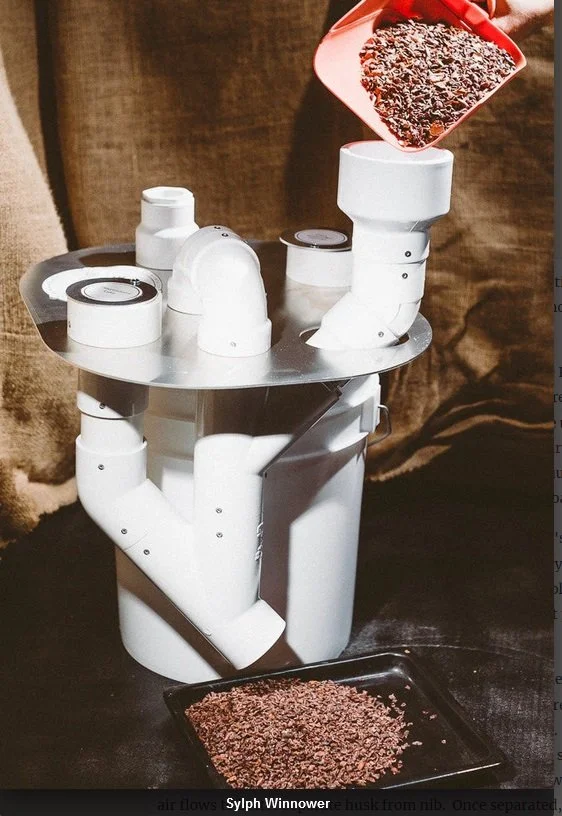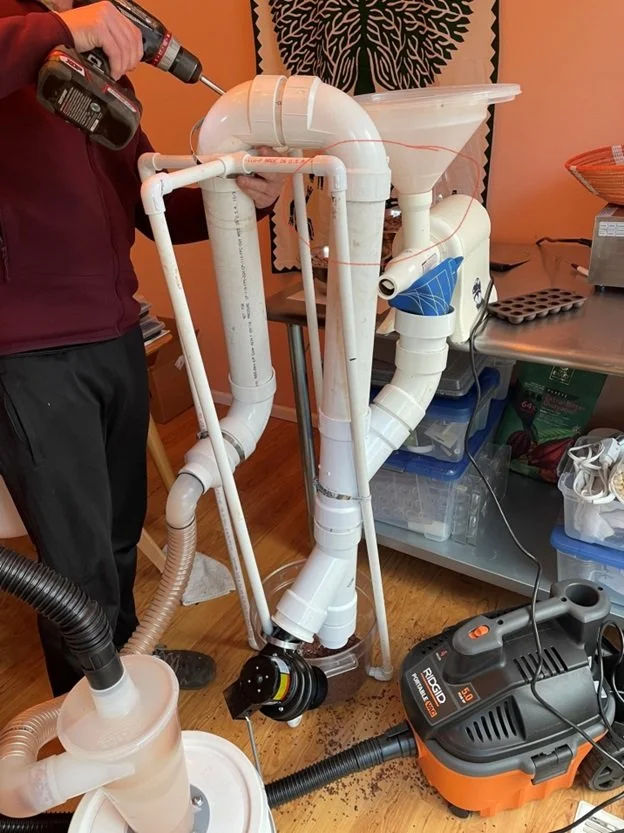Level: Apprentice
Read Time: 10 minutes
I'm seriously considering taking a 'next step' in my Chocolate Making journey. This would be roasting my own beans. I'm proceeding with baby steps. I also just watched you winnow using a hair dryer and it looked like it worked well. My only missing piece is cracking the roasted beans. My Question: Rather than purchase a Champion Juicer, I'm wondering if there might be an effective alternate (cheaper) way to accomplish the cracking?
I totally applaud baby steps. You’ll see this installment of The Iron Triangle of Anguish is full of baby steps.
In order to make chocolate you have to grind up cocoa nibs (the next installment of the Iron Triangle). To get those nibs, you have to get the outer covering, the husk, off of the cocoa beans. Sounds simple, doesn’t it? Don’t forget this.
It is possible this is damn near the pinnacle of ranges in the Iron triangle of money vs sweat equity. There are so many ways to do crack and winnow and all of them are a trade off between speed, efficiency, cost and durability. Isn’t that evil to now have four choices and still be forced to pick 2?
Instead of trying to pick this apart I’m just going to tell you the stories about how I tried and failed to defeat the Iron Triangle. To be fair and give myself some credit, there are many times I looked at the problem, noted I was going to be putting all my money into, well, money, and stopped because the resulting solution would just cost too much. That is working smart, not hard.
The very first option, is not even cracking and winnowing. It has been done for at least hundreds of years and is simply hand peeling.
Read All The Articles In This Series:
The Iron Triangle Of Anguish (ATA #310)
All about Cocoa Beans (ATA # 311)
Only a Drum, Motor and Some Heat (ATA 312)
Cracking and Winnowing in baby steps (ATA 313)
Melangers et al (ATA 314)
Tempering (ATA 315)
You get Good (efficient) and Cheap (cost).
What you have to give up is Fast and Durable.
When it is going well, you can hand peel cocoa beans at about 1 pound per hour and you will probably end up with sore fingers until you get used to it. Way back when I started this journey, wow, 20 years ago, I very quickly realized most ‘mericans (and by that I mean north americans) would not be willing to hand peel cocoa to make chocolate. It just isn’t approachable and almost no one has that kind of time any more. I never really even considered offering it as an option. It is there nonetheless.
Once hand peeling is off the table, you have to break the job (no pun intended) into two parts. Cracking the beans and then separating or winnowing the nibs from the husk.
I tried a handful of common and semi common kitchen appliances, gadgets and tools simply to crack the beans. So as not to bore you I’ll just run down some with their issues.
Rolling pin - Slow and inconsistent and kind of maddening.
Food processor. Fast! But you end up with a lot of dust and boulders you can’t winnow.
Meat grinder. Just a fail as it ground up everything.
Coffee grinders. See above about dust with the added bonus of a gummy mess if you get the setting wrong and the cocoa butter melts..
I tried a bunch of other things but I noticed a pattern of dust and inconsistency and just stopped.
At this point I put on my maker’s hat, consulted my other hobbies and realized the other thing I cracked were grains for home brewing. A bit of research later had me very hopeful. Sadly I could not find a roller mill that had an opening large enough to handle cocoa beans. What I did find was a guy in Georgia that made this grain mill called the Crankandstein. I reached out and a couple of months later I had in my hands a manual three roller mill that he (Don O) had custom made more me and the Crankandstein cocoa mill was born.
The first ever Crankandstein Cocoa Mill
That is very first one in existence and worked ok but tended to clog in that super fancy hopper. Fast forward a couple iterations and the problems were mostly addressed.
Circa 2004 Crankandstein Cocoa mill
What we got here was faster (about 1/2 lb/min), affordable (~$200), pretty efficient (it cracked most beans and mostly didn’t clog) and was pretty durable. Eventually the plastic gears broke and the mild steel knurling wore out. It was pretty much an average solution on every metric. You could even motorize it with a drill and make it faster. That of course was at the literal expense of more $$$.
With that feather in my cap, I moved onto winnowing. After a ton of research later about winnowing I tired a various combinations of fans, sieves, screens and filters and in all cases either the labor was too high or the efficiency was too low. One thing lead to another and I finally came upon using a hair dryer and the bowl/hair drier method was born.
This method is low to no cost, pretty fast at about 1 lb/min and pretty efficient. The only thing you didn’t get was some blurred combination of good and fast because it made a F#$@ing mess and you had to clean up. That took time and really you had to do it outside.
Regardless, there was a working system for cracking and winnowing. The thing is, I’m a maker. I literally can’t seem to stop inventing things and trying to optimize a system. Add into that a pretty bad case of cocoa dust induced asthma and I began working on an actual winnower here and there. It is really kind of amusing that people that don’t design things think design is easy and fast and cheap. They don’t realize that one part affects another in untold ways. So many of us are used to free apps it is lost on most that in many cases the developers took years to build that app and also tens if not hundreds of thousands of dollars. I only say that by way of saying I have no idea how long it took me to get a working prototype winnower that didn’t cost $10K. All the while people were asking why I didn’t ‘just invent one’. Oops, getting a little bit ranting and rambling there. Sorry. Back to the story.
As I saw it, a good winnower could be manual feed but needed the option to be automated. It could be moderately slow if it were moderately priced. It could look ....interesting....if it did the job at a reasonable price for a reasonable amount of work. Notice how I naturally designed around the Iron Triangle? Anyway, at some point I came up with an ugly but functional winnower that I could eventually build in food grade materials and for an ok price. For now this did the job. I could envision how it would look and worked (look at that sexy feed and vacuum connection system, LOL).
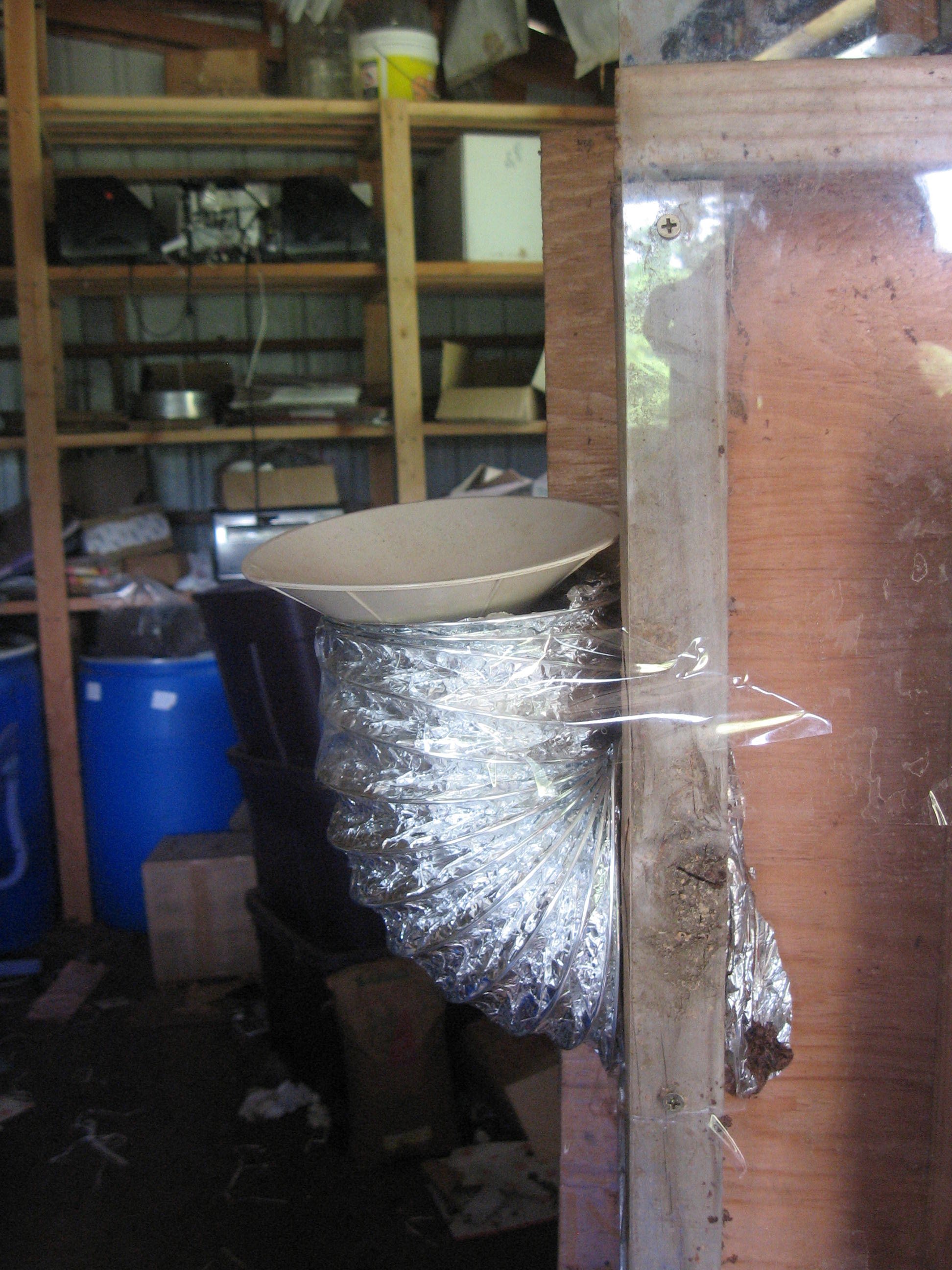
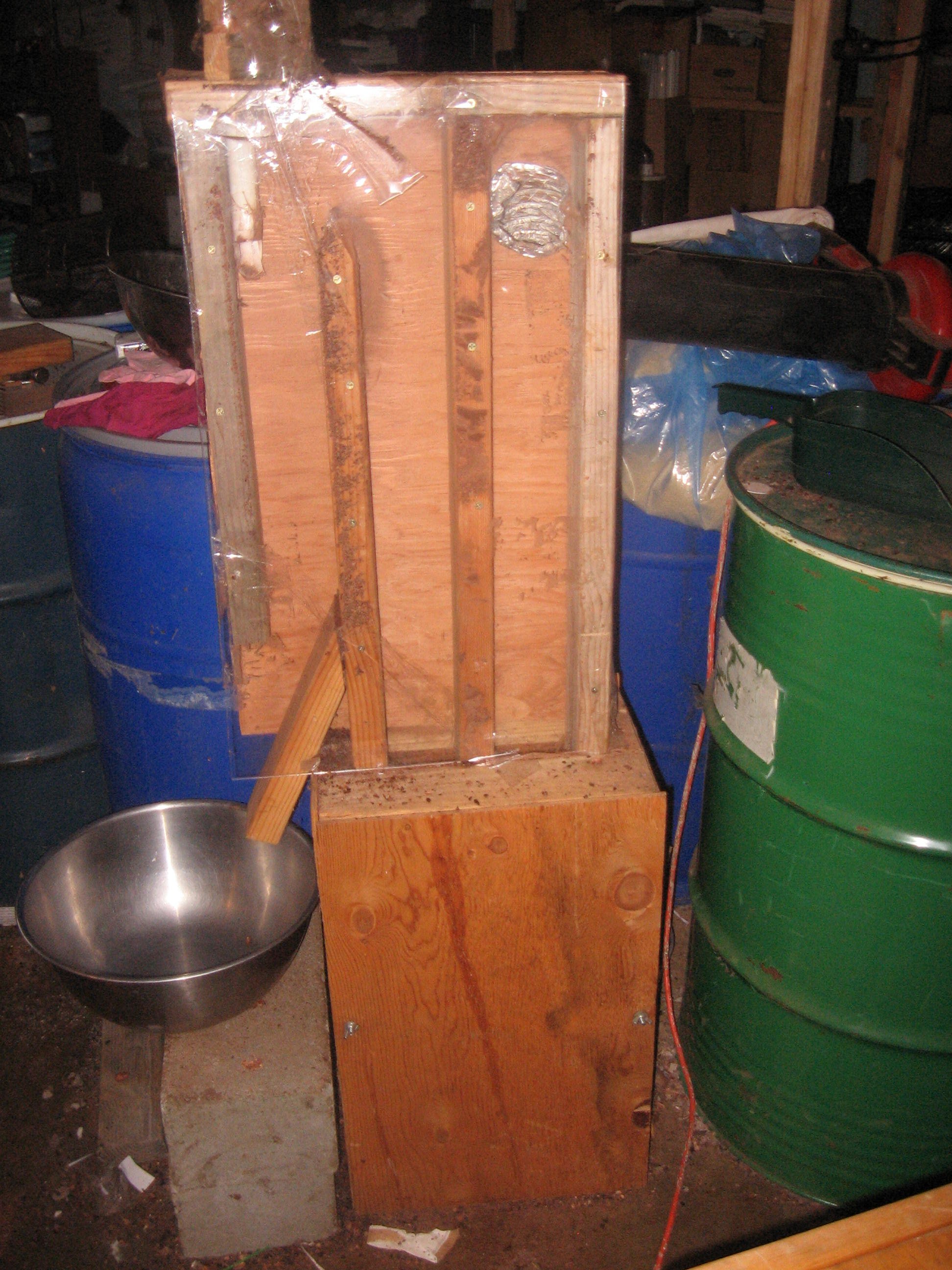
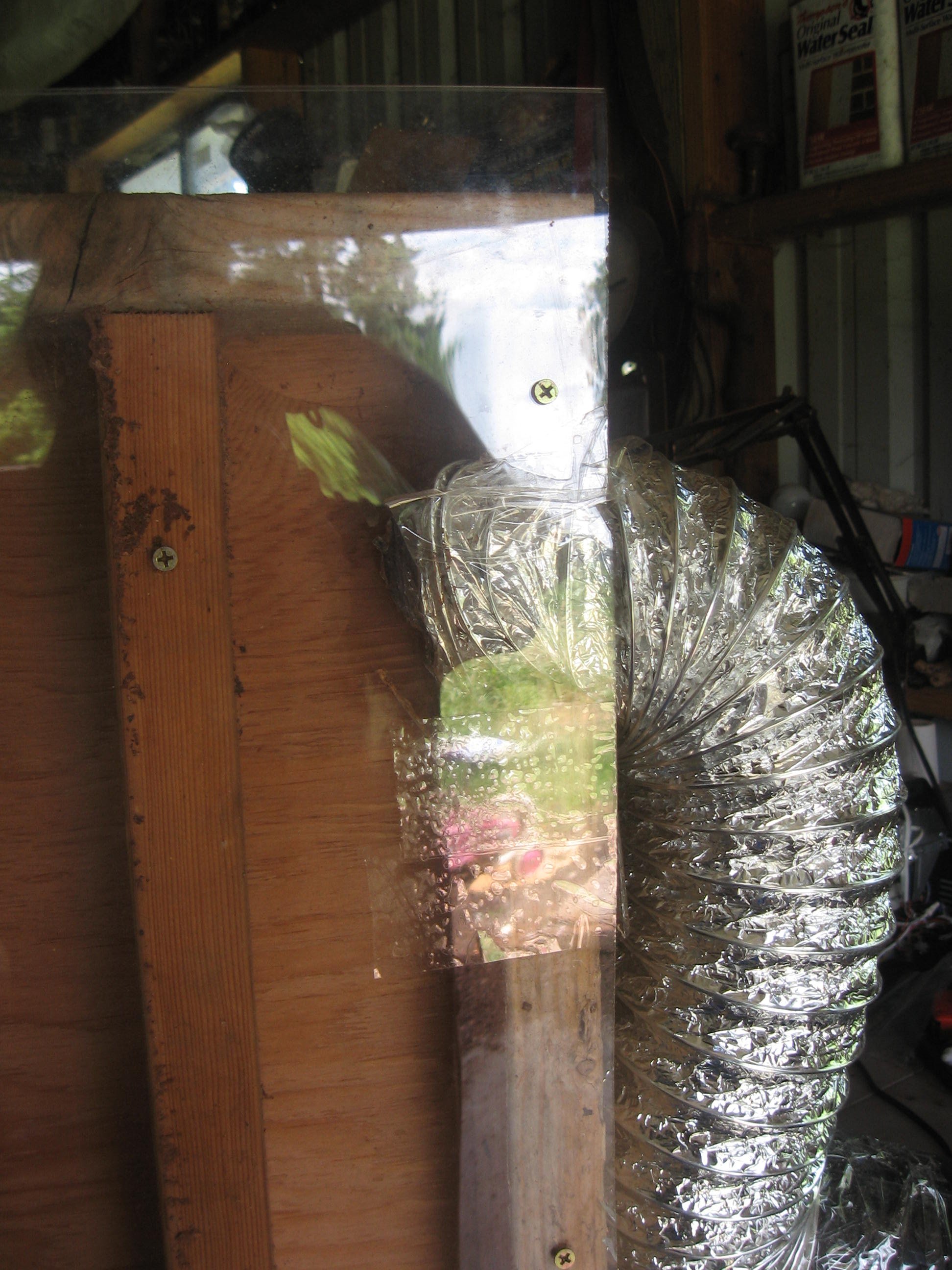
Once that model was working I tested it with the only good cracking system I had, the Crankandstein. I found out very fast it simply was not up to the task as an automated system. Remember I said the cocoa mill clogged here and there? While hand cranking it it was simple to just nudge the beans and carry on. Here that meant you were monitoring and fixing it every couple minutes - not acceptable!! From there I started working with Don O to get an adjustable gap mill.....which worked ok until the plastic gears broke due to the strength of the motor....which worked great until they hit rocks and the motor burned out.....at which point I tried a pulley system so it could fail at a safe point....at which point I needed more expensive gearing....at which point I needed a stronger motor.....at which point I took about 3 steps back and realized I would NEVER fix it. There were just too many band-aids and even if I did fix them I could never build it to be affordable and safe. I scraped the whole idea and 2 years of work.
Suffice to say other cracker ideas came and went and I got VERY good at recognizing when I was heading down a path that was just going to be too expensive.....and it only cost me about $20,000 with nothing to show for it other than a pile of things I knew didn’t work....
Failure is always an option
Every time you fail you learn something.
Frankly, the money and time was totally worth it as it finally lead me through the progression where I determined the Champion Juicer was a great and affordable motor and contrary to what I thought many years earlier, it did not in fact make all that much dust that was not simply cocoa husk dust. I finally connected it to the wood winnower and in so many words, the Aether Winnower was born.
As you can see I had an epiphany that the air flow path was the important part of the design and air was a fluid and what else carries fluid? PVC of course and boom. After running the system a while what became quickly apparent was that the $30 plastic snout on the Champion and its $50 thin cutter head wore down pretty fast (cheap, good, durable, pick any two, right?). Cheap was coming back to bite me as I knew it must. And so off I went to design a durable one and by now you know it was not going to be cheap and the Deluxe cracker was born....at $1800.
Why would I do that if it cost so much? I have had that question a lot so let’s do some maths.
A plastic cutter head could crack about 500 lb of beans before getting dull and the plastic snout could do about 5 times that before cracking. So to do 10,000 lb of beans I would need 20 cutter heads at $50 each or $1000 plus another 4-5 snouts or $1200 total. $1200 is not that far from $1800 and the Deluxe cracker will do about 8,000 lb before needing the blades replaced at....$50. To date I’ve seen one company crack the stainless housing, which was repairable, after 250,000 lb of beans. And don’t forget, if you stayed with the Champion, it is $1200 continuously, another cutter head every 500 lb of beans. After 20,000 lb it now costs more than the Deluxe cracker....and I forgot to mention the plastic parts cracked beans at a rate of about 12 oz/min and the steroid version does twice that AND works better with the winnower because the nibs and husk are more uniform.
Ok, sorry, that was not meant to be a sales pitch. I just wanted to show you the tradeoffs that have to be made. What I find kind of interesting though is that technological advancement very often leads to a reduction in price and product. Just think about computer memory now vs 30 years ago. The Aether was built in PVC at a size that was easy to work with. What it lead to was allowing me to refine what was important and shrink the whole system. What came out of that is the Slyph, our hand fed smaller winnower and although I tried and failed to build a small winnower for years before that, it always defeated me. Suddenly it was simple because of what I learned with $20,000 in failures.....I mean development costs.
And with that, I’m going to riff off that and talk about homemade winnowers.
At some point I’m planning on publishing the trials and tribulations of a small chocolate maker who goes into way more detail than I’m about to about building your own winnower.
As you noodle your way through gearing yourself up to make chocolate you might look at the Sylph or the directions in the Dandelion book about building one and think to yourself and say “self, that doesn’t look too hard, if someone else can do it, I can do it” and proceed to do just that.....and unless you have a lot of building experience under your belt and all the tools you need at the ready, suddenly you have spent an entire weekend (or many weekends) on a DIY winnower, making 6 trips to the hardware store and spending well over what you could have purchased a Sylph for and still not have a great winnower.
Sylph Winnower
“Oh, I could make that”
DIY Winnower
Only 6 trips to the hardware store
How it started vs How it ended. In short, classic TANSSAAFL.
And speaking of how it started vs how it ended, I revisited an old idea with a fellow inventor, chocolate nerd and friend. Before the project was above my technical grade but now I could follow the path. It was based off the idea of a modular industrial shredder and the shining goal was to have something more affordable than the $2K Cracker above.
2011 Design
2022 Design
It is quite the progression. Over the span of months we worked on this I started noticing a pattern of progression about that beast on the right. At that size, once it was fully loaded, the motor was not strong enough to turn that Maw of Maiming and the motor was already a 220 V motor on the largest power supply I had. A beast I say. The only solution was to reduce the load so the thing was reduced in size, being modular and all. Look at us thinking ahead.
The Kindler, Gentler Beast
….and still terrifying to watch in action.
At that point it was tested and found to have an output of 4 lb/min. Did I mention it was a beast? That may sound great but unfortunately it was WAY more than the Aether could handle. I was sure we could overcome that.....except for that slight feel I was getting deep in my belly and at the back of my skull about repeated patterns.....so we decided to assess the situation and found the following:
The build cost without a motor or heavy gears was over $1200 and we would still need a $400+ gear reducer. It was running 4x the speed we need which would require more expensive gears because reducing the size by 4 really was not an option.
We didn’t have a affordable motor considering the $250 Champion motor which was not strong enough.
The output did not winnow all that great in the Aether.
All in all it was just not going to work because the goal was something that was better and less expensive than the current Cracker. Luckily we recognized we were running up against the Iron Triangle and the project was shelved. But oh, it was sexy and satisfying to watch in action, in a sort of an OSHA not approved, I’m scared/excited kind of way.....#DangerKink
But, that is not the end of the story. Sometimes you pull old ideas out, dust them off, and they fail, but sometimes you pull an old idea out, dust if off, and it works. For years I’ve tried to come up with a more sexy version of the Aether that did not use that interesting looking PVC. I’ve been asked time and again if I could produce a stainless steel version, “you know, like that pvc, but in steel pipe or tube” and when I say “sure, that will be an additional $12,000” suddenly no one is interested any more. Joking/not joking.
I tried many so many ideas.
They never quite worked until one day something clicked. A ton of furious sketches, drawings and prototype building (nearly a year ago) and what I’m dubbing the Flux was born. At this point we have been field testing those prototypes daily and the first ‘real’ one is back from the machine shop and should be in place next week. And this time it won’t be $12,000. Check out this sexy thang....
No, your glasses are not smudged
and nope, I’m only going to tease it for now but know, it is close to its debut and all in sexy stainless steel.
One final thing I find really interesting. What was once thought too expensive and not worth developing suddenly becomes desired for no other reason than people realize they were way prefer to spend money instead of time. I looked into and stopped building one winnower because the market said $1000 was too much. Now $4000 for a great setup is acceptable.
Time to tie this up and review your trade offs with cranking, winnowing and the Iron Triangle.
Hand Peeling - Cheap and Good. Not Fast.
Cocoa mill/Champion and Hair Drier - Cheap and Fast, Not great (mess).
DIY - Maybe good, Maybe cheap, probably not fast.
Champion/Sylph - Affordable, Fast, Good. Not labor free
Aether/Champion - Good, Fast. Not Cheap. Not huge eye appeal.
Aether/Deluxe Cracker - Great, Fast. Not Cheap. Better but not great eye appeal
Flux/Deluxe Cracker - Great, Fast, Good looking. Price TBD but MUST be more expensive...but you knew that.
Oh yeah, the actual question.
Rather than purchase a Champion Juicer, I'm wondering if there might be an effective alternate (cheaper) way to accomplish the cracking?
Sure, of course there is a effective and cheaper method. Happy hand peeling.
Next time, making your chocolate.






